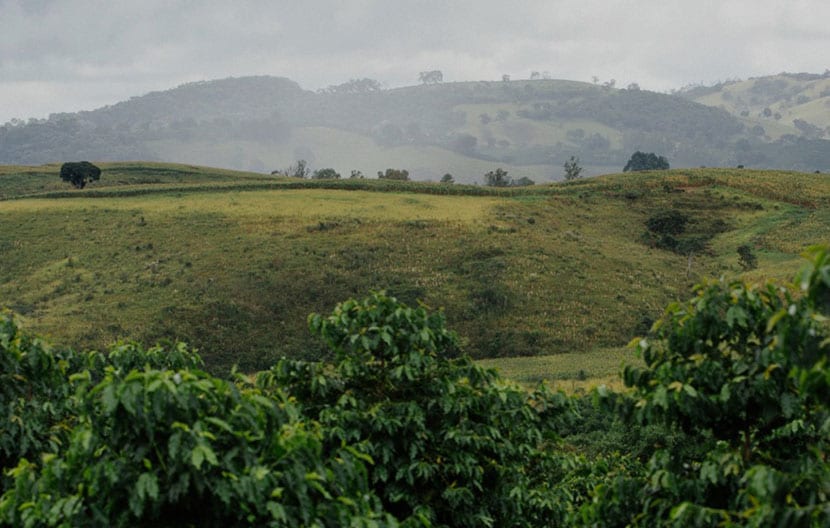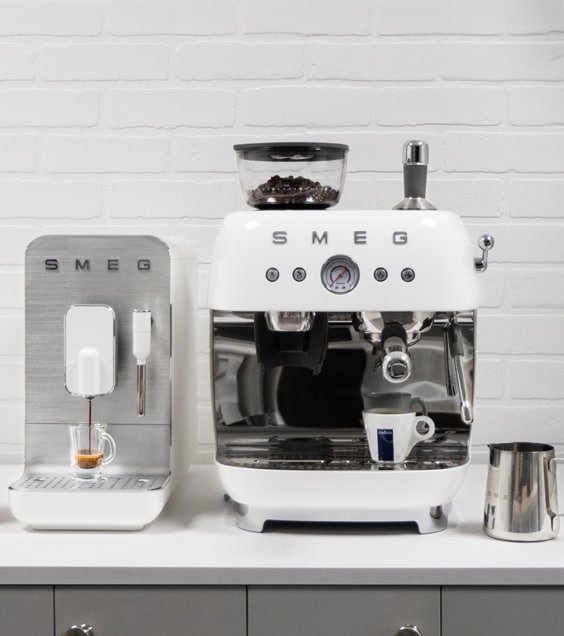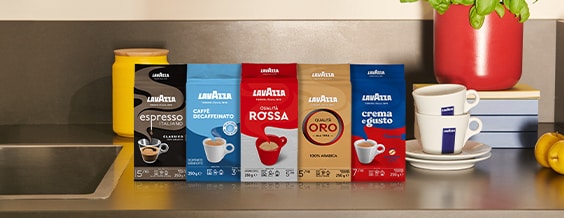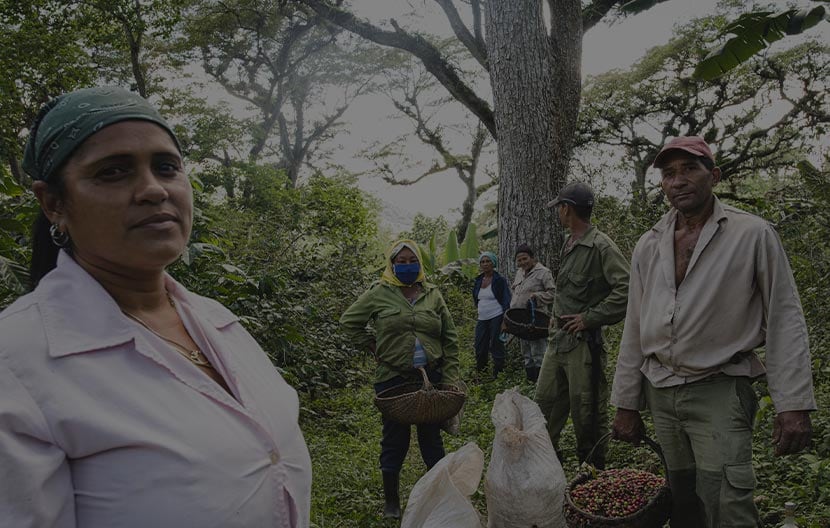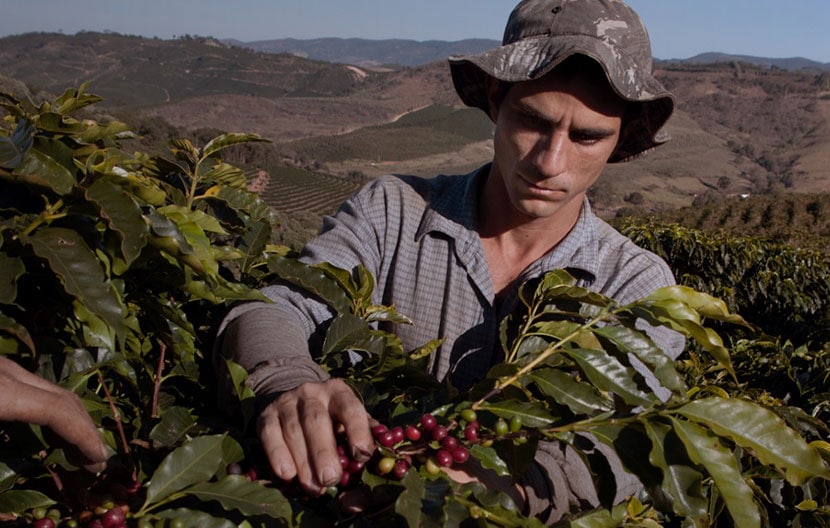*Lavazza is not affiliated with, endorsed or sponsored by Nespresso
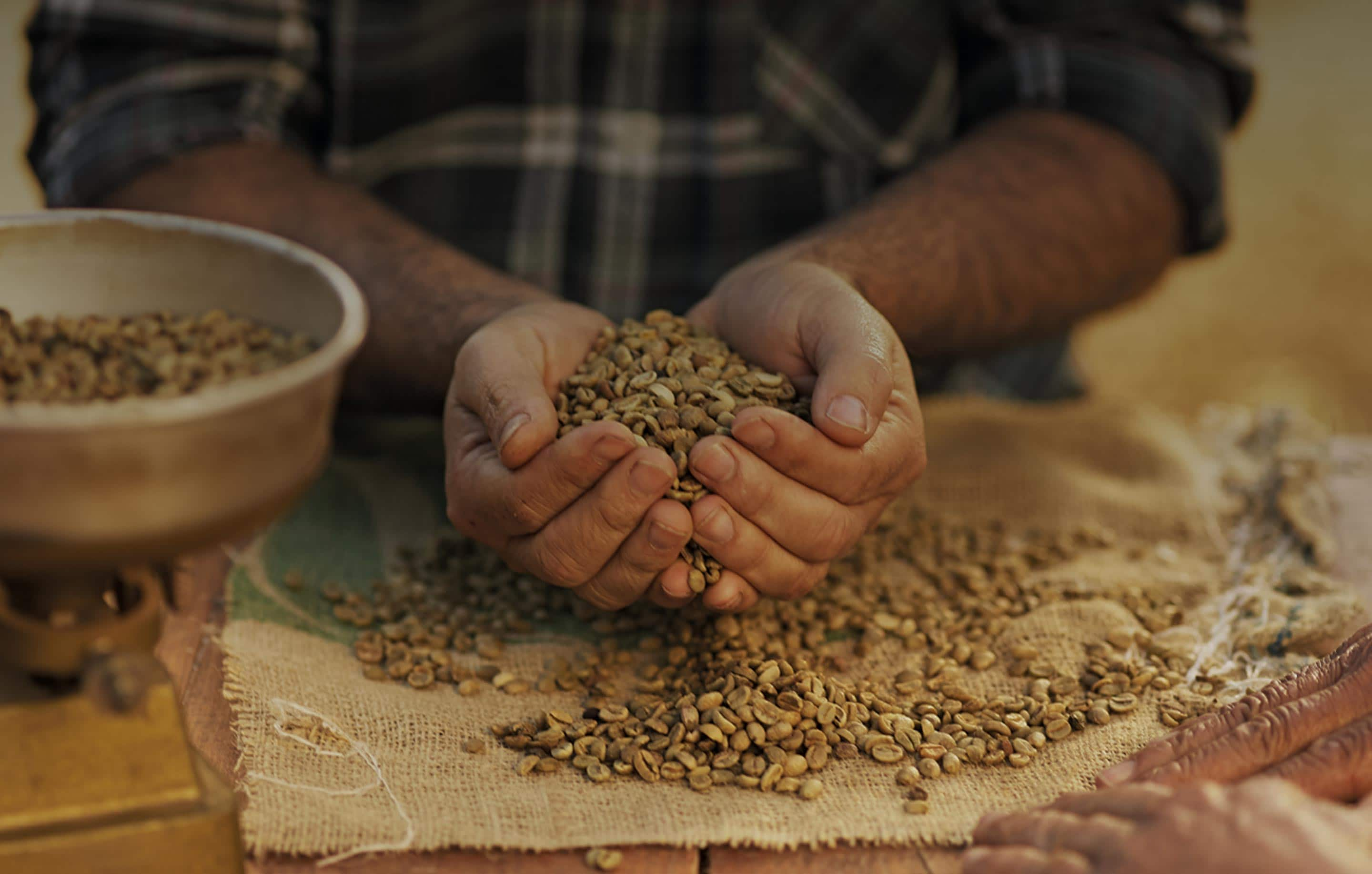

HOW TO LIVE A SUSTAINABLE LIFESTYLE – EVEN WHEN ENJOYING COFFEE
Adopting a sustainable mindset can seem overwhelming, but every small change that you make helps create a brighter future. That essential first coffee of the day is a morning kick-start for many of us, but even the way you prepare your morning brew is an opportunity to live more sustainably.
Coffee itself has an environmental footprint. But with a little care, we can transform our individual coffee habits into sustainable acts of conscious consumption.
Learning how to live a more sustainable lifestyle and adopting eco-friendly practices, minimises the impact you have on the environment. But it doesn’t have to impact the quality and enjoyment of your coffee.
How to make your coffee habits more sustainable
Climate change can significantly impact coffee productivity and quality, risking not only the farmers’ livelihood but the yield and quality of their crops. By buying sustainably sourced coffee beans, you’re investing in the future of sustainable farming practices.
Coffee machines can also have an environmental impact. If you want to live more sustainably at home, consider using a Moka Pot or French Press. You can also use environmentally friendly coffee machines, like our Lavazza A Modo Mio home espresso system. This machine is designed to operate with reduced carbon dioxide emissions, pouring you a more sustainable espresso.
If you prefer a barista-made coffee, you can always take a reusable coffee cup with you to your favourite coffee shop. It’s one of the easiest ways to be sustainable in everyday life, reducing the wastage of single-use cups.
How to avoid wasting used coffee
Did you know you can recycle coffee waste? You can even use it to make a natural exfoliating scrub for your skin. And coffee waste is a great way to neutralise odours if you pop it in your fridge.
If you’re green-fingered, you can even repurpose your coffee waste as fertiliser for your plants. Coffee ground waste is particularly effective at removing slugs and snails. But you must compost the waste for at least 100 days to reduce certain components in the coffee grounds – such as caffeine, tannins, and chlorogenic acid.
3 ways to be more sustainable in everyday life
There are plenty of ways to change up your everyday routine and live more sustainably. Here are a few sustainable living examples to get you started.
USE REUSABLE CONTAINERS
If you’re wondering how to live sustainably, the first step is to bring reusable containers, such as travel mugs, wherever you go. You can also take reusable bags with you when you go shopping.
If you don’t have time to make your own lunch, bring an empty lunchbox from home and use it for leftovers when you buy lunch later. The same goes for drinks that you purchase outside. There’s a huge range of fashionable tumblers and metal straws that can support a more sustainable lifestyle.
USE ENERGY AND ELECTRICITY WISELY
Saving energy and electricity doesn’t necessarily mean limiting your usage. Instead, optimise how you use your energy. Do you turn off the lights in your home when you’re going out? You can also replace your light bulbs with energy-saving bulbs, which give the same amount of light, with around 75% lower energy.
Apply the same mindset to your dishwasher and laundry and only use them when they’re fully loaded. Not only are you saving energy and promoting sustainability in everyday life, but you’ll also lower your utility bill.
PAYING ATTENTION TO PRODUCT LABELS
Today, it’s easy to find products that are eco-friendly if you’re living a sustainable lifestyle. Several organisations, like the Rainforest Alliance, certify sustainable products before they go to the market - you can identify these certified products by their label.
Organisations like this have strict standards, and ensure their products adhere to sustainability principles. Companies that obtain these certifications pay close attention to environmentally friendly cultivation techniques; reduce their ecological footprint; promote resource efficiency; and prioritise the wellbeing of workers and communities involved in the production process.
